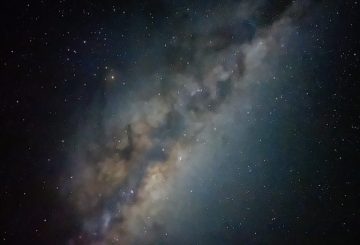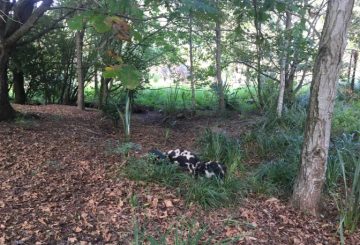Ang Tiwai Point aluminyo smelter (NZAS) at Meridian Energy ay binigyan ng berdeng ilaw sa isang deal upang payagan ang higit na kakayahang umangkop sa demand mula sa smelter sa panahon ng peak period. Sa ilalim ng deal, na inaprubahan ng Electricity Authority, maaaring mangailangan ng Meridian ang smelter upang mabawasan ang demand ng hanggang sa 50 megawatts kapag ang sistema ng kuryente ay nasa ilalim ng stress, tulad ng mga panahon ng peak ng taglamig o sa panahon ng pagbuo ng kuryente o mga isyu sa paghahatid.
Sinabi ng punong tagapagpaganap ng NZAS na si Chris Blenkiron na ang pag-apruba ay pormal na isang kasunduan na sinaktan nang mas maaga sa taong ito. “Sa madaling salita, ang kasunduang ito ay nangangahulugang ang Aotearoa ay malamang na kailangang magsunog ng mas kaunting karbon kapag ang isang dry spell ay nagiging sanhi ng mga lawa ng hydro na bumaba sa mababang antas.” Sinabi ni Barclay na ang karagdagang rurok na enerhiya na magagamit ay halos katumbas ng kapangyarihan na natupok ng 50,000 average na mga tahanan.
“Ang net resulta ay malamang na maging isang pagbawas sa carbon emissions mula sa nasusunog mas mababa karbon at, tulad ng mahalaga, isang pagbawas sa pangkalahatang gastos ng sistema ng kuryente, na sa huli binabawasan ang mga gastos sa mga customer.”
Ang deal – unang inihayag noong Abril – ay sasaklaw sa natitirang termino ng kontrata ng supply sa pagitan ng Meridian at ng smelter, na tumatakbo hanggang Disyembre sa susunod na taon. “Habang gumagana ang New Zealand patungo sa isang mas nababagong sistema ng kuryente, kailangan nating mag-isip nang malikhaing tungkol sa kung paano natin mapamahalaan ang demand ng taglamig at mga pangangailangan sa enerhiya ng dry period,” sabi ni Barclay.
Sumang-ayon din ang Awtoridad ng Elektrisidad na ang smelter ay maaaring ibenta ang anumang hindi nagamit na kuryente sa isang third party.
Kredito: radionz.co.nz




























































